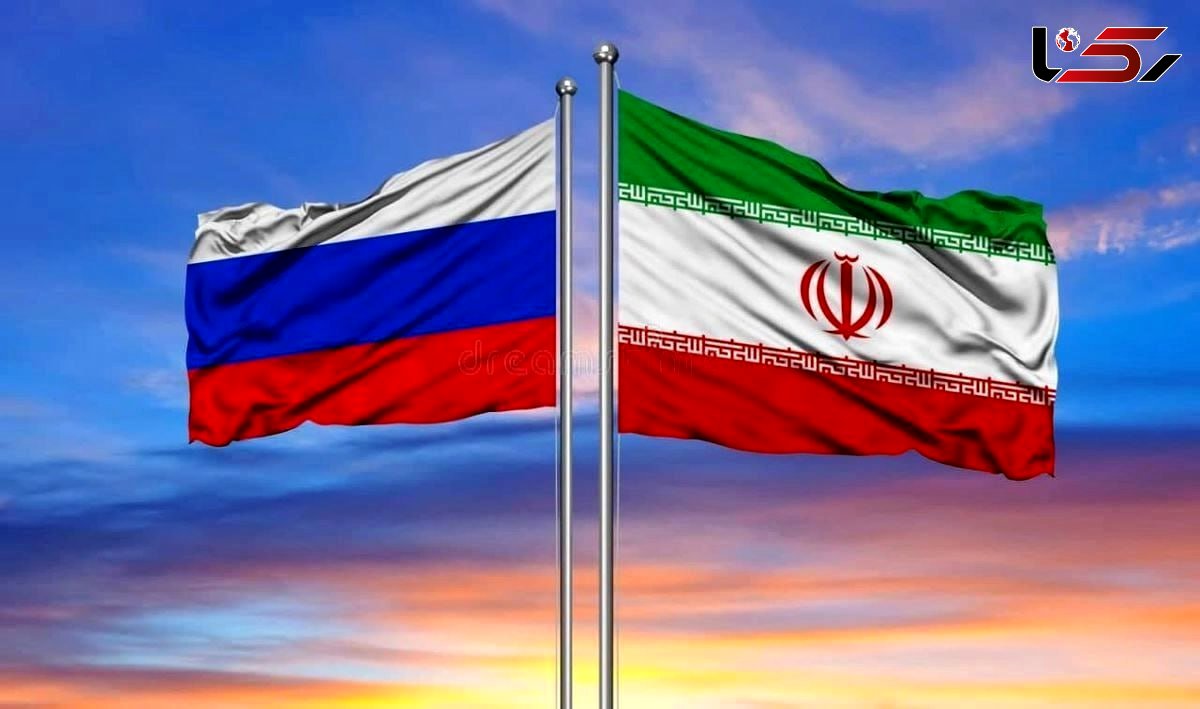Iran and Russia Sign $25 Billion Agreement to Construct Four New Nuclear Power Units
Rokna Political Desk: The executive agreement for the construction of four nuclear power units was signed between Iran Hormoz Company and the Rosatom Project Company.

According to Rokna, the executive agreement for the construction of four advanced third-generation nuclear power units, valued at $25 billion, was signed in Sirik, Hormozgan Province, between Iran Hormoz Company and Rosatom Project Company.
Behruz Kamalvandi, spokesperson for the Atomic Energy Organization of Iran (AEOI), previously noted, regarding the visit of Mohammad Eslami, head of the organization, to Moscow, that the World Atomic Forum, held on the occasion of the 80th anniversary of Russia’s nuclear activities, provided multiple opportunities for Eslami and his accompanying delegation to visit various Russian nuclear industries. During these visits, negotiations and agreements were made, particularly concerning the construction of power plants larger than Bushehr with a capacity of 1,200 megawatts, totaling four units with a combined capacity of nearly five thousand megawatts in southern Iran.
Kamalvandi emphasized the significance of small-scale nuclear power plants, stating that the global trend is moving toward such facilities. These modular plants are replicable, and Iran can acquire a significant portion of the technology from Russia. In this regard, a memorandum of understanding was signed, and a Russian team is scheduled to visit Iran for subsequent follow-ups.
He further remarked that overall, the visit was highly successful and will pave the way for expanding cooperation in the construction of both large and small nuclear power plants, as well as in other scientific branches related to the nuclear industry, including nuclear fusion and the production of radiopharmaceuticals. Kamalvandi expressed hope that bilateral relations in this field will continue to expand in the future.
Kamalvandi also highlighted that Iran and Russia had conducted negotiations concerning power plants larger than Bushehr. He stated that Iran has a power plant that has been operational with Russian assistance for over 12 years and has continuously been evaluated for safety by the VVER Nuclear Association. The Bushehr Nuclear Power Plant has consistently achieved the highest rating of 100 out of 100, reflecting both the quality of the plant and the strong political relations between the two countries. Naturally, cooperation in this field must be further developed.
He explained that the visit served multiple purposes: participation in the important international forum, delivery of a speech by Engineer Eslami outlining Iran’s policies, and follow-up on bilateral nuclear cooperation with Russia.
Kamalvandi reiterated that the World Atomic Forum allowed multiple visits to Russian nuclear industries, during which agreements were reached on constructing larger power plants than Bushehr, with a combined capacity of nearly five thousand megawatts in southern Iran.
He reiterated the importance of small modular reactors, emphasizing their replicability and the potential for Iran to acquire essential technology from Russia, with a memorandum of understanding signed and a Russian team scheduled to follow up in Iran.
He concluded that the visit will significantly advance cooperation in constructing large and small nuclear power plants, as well as in developing other scientific areas related to the nuclear industry, such as fusion and radiopharmaceutical production, and expressed optimism about further strengthening Iran-Russia relations in this field.
The Deputy for International, Legal, and Parliamentary Affairs of the AEOI, referring to Iran’s pavilion at the “Atom Expo 2025,” stated that the pavilion showcased Iran’s achievements, from radiopharmaceuticals and plasma technology to under-construction power plants and agricultural applications. Beyond nuclear electricity, the pavilion highlighted achievements in three major sectors related to nuclear science: health, agriculture, and industry. Notably, Iran has made significant progress in producing nuclear equipment and measurement instruments, achieving a high degree of self-sufficiency.
Kamalvandi also addressed recent remarks by Rafael Grossi, noting that the International Atomic Energy Agency (IAEA) plays both “supportive” and “supervisory” roles. In Iran’s case, the supervisory role is dominant, but unfortunately, it has become overly politicized. He stressed that if the agency operates neutrally and professionally, it would benefit not only Iran but the entire international community. The presence of the IAEA Director General at the expo is significant, as a major portion of the world’s nuclear power plants are Russian-built and around 50 percent of the global nuclear fuel supply comes from Russia.
He concluded by emphasizing Russia’s notable advancements in the nuclear sector, noting that countries in Asia and Africa, such as Myanmar and Ethiopia, are seeking Russian nuclear technology. Kamalvandi expressed hope that the IAEA Director General and countries pressuring Iran would recognize that such pressures have never, and will never, halt Iran’s progress.
Send Comments